Search Results for Tag: Warming
From Alaska to Ottawa
Ottawa has been the setting for “Arctic Change”, another major Arctic conference this week. It is organised by the research network ArcticNet. I was not able to attend, but have been interviewing various people for an article on DW about the meeting, and about what is happening in the Arctic at the moment. One of the people I spoke to was George Divoky, who went to the meeting to put his own work into context and get the “big picture” of how climate change is having an impact on the Arctic. George is the mainstay of Friends of Cooper Island
He has a bird research station on Cooper Island, off Barrow, Alaska. For 45 years, he has been there every summer, observing a colony of black guillemots, who breed there. As he told me when I first met him during a trip to Alaska in 2008, his ornithological observation widened out into an observation of climate change over the years, witnessing some dramatic changes. I would like to share his views with you here on the Ice Blog.
Iceblogger: Why are you attending the conference and what do you expect from it?
As someone who has spent the past 45 summers studying seabirds in the Alaskan Arctic, I am very interested in hearing the findings of arctic researchers working in other disciplines and geographic areas.
I expect to be brought up to date on the most recent findings of how warming and development is affecting the ecosystems and people of the Arctic. The information I obtain allows me to put my work (which is on a single species breeding on one island) in a much larger context.
Has the Canadian chairmanship of the Arctic Council affected Canada’s interest in the Arctic?
I know little of the international politics of the Arctic but my feeling is that Canada has always had a major interest in the Arctic because of the extent of their arctic lands and the large number of villages and settlements. With all that is now going on in the Arctic, Canada’s chairmanship certainly provides an opportunity for the country to focus on the region even more.
Are there differences in attitudes to the Arctic in the various countries involved? US; Canada, Russia, Norway…?
I feel that the US (with the exception of the indigenous people who live there) tends to treat its small part of the Arctic as a place to exploit natural resources and conduct research while Canadians have a much more organic (holistic) approach to the region. My impression is that is also true for Scandinavian countries.
What has been your experience of Arctic change on Cooper Island this year?
The 2014 breeding season on Cooper Island had the lowest number of breeding pairs of Black Guillemots in the last 20 years. Breeding success in 2014 was low as all of the younger siblings in then nests died from starvation during a major windstorm that occurred in August after ice retreat and parent birds could not find sufficient prey. We also had more polar bears on the island and interactions with them than during the last few years. Polar bears were rare visitors to the island until 2002.
What impacts of the above-average rise in temperature have you seen over your years on Cooper island?
Warming first aided the guillemots (1970s and 1980) as the summer snow-free period increased and was better suited for the 90 days it takes guillemots to breed. The size of the breeding colony increased during the initial stages of warming. Continued warming (1990s to present) caused the sea ice to rapidly retreat in July and August when guillemots are feeding nestlings and the loss of ice reduced the amount and quality of prey resulting in widespread starvation of nestlings. Reduced sea ice also forced polar bears to seek refuge on the island with large numbers of nestlings being eaten by bears.
How serious is the problem of thawing permafrost?
Thawing of permafrost has the potential to drastically change terrestrial ecosystems due to changes in drainage and plant communities. The large shorebird and waterfowl populations breeding on the tundra require large areas of ponds and lakes for breeding. Melting permafrost is allowing water to drain from the surface decreasing the extent of aquatic habitats while increasing the depth for root growth which facilitates shrubs replacing tundra plants.
Do you have a sense that there is a “rush for the Arctic’s resources” or is this just media hype?
It is clear to me that there is a rapidly increasing interest in arctic resources from government and industry.
Where should the priorities of Arctic research and Arctic policy be in coming years?
While there will certainly be increased research in the Arctic in coming years I think it is important to realize that just because humans know more about a region or ecosystem it does not necessarily follow that they will be any better at protecting it from impacts – or likely to do so. Pre-development ecological research is something most governments feel they must do to satisfy concerns about environmental degradation, but the ways in which that research can limit the effects of the post-development degradation – or assist in mitigating that degradation – is unclear. Similarly, researching climate change and its effects are important but of little practical use if the research does not inform government officials and result in policies that address the causes of climate change.
With the climate conference going on in Peru – do you have the feeling the world takes the changes in the Arctic seriously?
I feel that the entire issue of current and predicted climate change is now being taken more seriously and, as a result, there is more focus on what is occurring in the Arctic since people and government now see the changes in the Arctic as being less removed from their own experience.
Are you optimistic about the future of the Arctic?
I am not optimistic that what used to be considered the “Arctic” will persist into the future. The Arctic where I do research now bears little resemblance to the Arctic I first went to in 1970. With models showing summer sea ice may soon disappear and predictions for increasing temperatures and development, it is likely that current and future generations of researchers will also be taken aback with the pace of change during their time in the region. Clearly, the Arctic as a geographic region will persist but the characteristics that are evoked by the word “arctic” (i.e. snow and ice dominated landscapes far from human industrial development) will no longer apply to the region. And, of course, the biota adapted to the arctic ecosystems of the past will have very uncertain futures given the pace of change.
What will it look like in 20, 30, 50 years?
Much of the Arctic became technically subarctic during the last 20 years. At least for the near future, winters will always be cold in the Arctic so some seasonal snow and ice cover will be present but the annual period when snow and ice are present will decrease. The rate at which these changes will take place is unclear as an Arctic that is ice free in summer (and losing land ice in Greenland) might cause more rapid changes.
Can anything happen to save it?
I was very lucky to be able to be in the Arctic in the late 20th Century but it now seems clear that with the projected increases in atmospheric CO2 and resulting increases in temperatures and ocean acidifcation that the Arctic (as well as many of the earth’s natural areas) could be unrecognizable by the middle of the 21st Century.
Thick Antarctic ice not sign of cooling
The recent publication of a study on Arctic ice as measured by the “yellow submarine”, an underwater robot, caused a flurry of comments on the “climate hoax” by some of those of a “climate-sceptical” persuasion. I contacted a sea ice physicist at Germany’s AWI Institute for an independent opinion. Here’s the background:
Measurements conducted by an underwater robot have found that Antarctic sea ice is much thicker than previously thought in some places. Much of this floating sea ice is underwater, hidden from the satellites which have been tracking seasonal sea ice for decades. The satellite data is normally validated by drilling into ice floes which can be reached by ship, or visual estimates from the ships themselves. However, it is difficult to reach the thickest ice that way.
Underwater robot below the ice
Over the last four years, an international group of researchers has been mapping the bottom of sea ice in several areas of the Antarctic using an underwater robot, or AUV. It can swim to a depth of some 30 metres (100 feet) and uses sonar directed upwards to survey the bottom of the sea ice. This gave them access to areas where measurements could not be carried out until now.
The study, published in the journal Nature Geoscience, suggests that the average ice thickness could be considerably higher than previous estimates. In three regions surveyed, the robot sub found that deformed, thickened ice accounted for at least half of and as much as 76 percent of the total ice volume, the researchers say.
Climate skepticism vindicated?
While Antarctica’s ice sheet, that is the land ice, is melting and retreating, the extent of the sea ice has been expanding over the last three winters. This has led some who are skeptical about climate change to suggest that it could be evidence that human-made global warming is not happening. But sea-ice physicist Stefan Hendricks, from the Alfred-Wegener Institute for Polar and Marine Research, based in Bremerhaven, Germany, told me in an interview the new measurements were no reason to doubt climate change is happening.
“What our colleagues have shown is that ship-based measurements do not record this really thick ice. That is no surprise to us. It is good that they have found this out, but basically it just tells us that we have to be cautious when it comes to using ship-based data”, Hendricks said.
The sea ice extent in the Antarctic has been growing, while the sea ice in the Arctic, at the northern end of the planet, has decreased dramatically in recent years. Hendricks stresses that the two regions are completely different:
“The Arctic Ocean is surrounded by land, whereas in the Antarctic, the land is in the middle. If the Arctic were not surrounded by land, the ice cover would also be much bigger in winter”, says Hendricks. The increase in Antarctic sea ice in winter can be partly explained by the wind direction, he adds . Ice grows faster, the thinner it is. If it is blown out from shore, for instance into the Indian Ocean, new ice is created very quickly, according to the ice expert. He also warns against comparing what happens to the Arctic in summer to what happens at the southern end of the planet in winter:
“If you look at the cycle over the whole year, your will see that the sea ice in the Antarctic also melts almost completely in summer”.
Valuable data, limited application
Still, the German expert says the new ice measurements from the Antarctic are of major importance to our understanding of how sea ice behaves. But he stresses that the ice floes are on the move all the time. Although the measurements are very exact, the situation is constantly changing ,and the measurements could only be taken at a limited number of spots in what is a huge area of ice.
“The question is how representative is this for the total ice extent? This depends to a very large extent on which ice floe you take. There are large differences between them. The differences are particularly marked if you go further away from land. Close to land, the ice piles up and is deformed and so you get this very thick ice. Further out, you don’t get that”.
The new measurements certainly do not give any reason to be more relaxed about climate warming, says Hendricks. Increased sea ice could have a cooling effect, as ice reflects heat back into space, whereas the sea water absorbs the heat, exacerbating warming. But given that the ice melts again in summer, that effect would be very slight, says the physicist.
Climate action from Peru to Paris
Today is the first of December. It’s the start of the meteorological winter in the northern hemisphere, towards the end of what looks set to be the warmest year since records began. It is also the day when the annual UN climate conference gets underway in Lima, Peru. Negotiators from around the world will try to hammer out the details of a new World Climate Agreement to halt global warming by reducing CO2 emissions. For our polar ice, that agreement can’t come fast enough.
After five years of frustration following the failure of the Copenhagen climate summit in 2009, 2014 may well go down in history as the year when climate change made a comeback onto the international agenda. Although there is still one year to go until the key Paris meeting which is scheduled to come up with a new World Climate Agreement to replace the Kyoto Protocol, 2014 has seen several milestones on the path to a low-carbon future.
In September, the UN Secretary General Ban Ki Moon gave the issue top priority, by holding his own special climate summit in New York. It was accompanied by marches in the USA and other parts of the world, organized by a growing grassroots movement to combat climate change. Meanwhile, the world’s biggest emitters, China and the USA, finally signaled their intention to commit to action on climate change.
No time for delay
The latest report by the Intergovernmental Panel on Climate Change, the IPCC, has left no doubt about the need for urgent action, says Professor Stefan Rahmstorf from Germany’s Potsdam Institute for Climate Impact Research:
“We see that global temperatures have risen by almost one degree centigrade in the last 100 years, we see that global sea level has risen by nearly 20 centimeters in the last 100 years. We see that the mountain glaciers and the Arctic ice cover is in retreat, the continental ice sheets in Greenland and Antarctica are shrinking, losing mass, contributing to sea level rise, we see extreme events on the rise. For example the number of record-breaking hot months has increased five fold as compared to what you get by chance in a stationary climate.”
The international community has agreed, based on the scientific evidence available, that a temperature rise of two degrees is the maximum possible without exposing the world to potentially devastating climate change. That means limiting the greenhouse gas emissions that are warming the planet. But with those emissions still on the rise, that goal is nowhere in sight, says Rahmstorf, and climate change is already having an impact after just under one degree of warming:
“If we don’t stop this process, we will go well beyond two degrees centigrade, and we will leave the range we are familiar with throughout human history. We will be way outside that into uncharted and I think very dangerous waters.”
Peru prepares the way for Paris
Experts see the world on track for a temperature rise of at least four degrees, unless emissions are reduced substantially in the very near future. The latest figures indicate that to stay within the two degree limit, emissions would have to peak within the next ten years and the world become virtually carbon-neutral in the second half of this century.
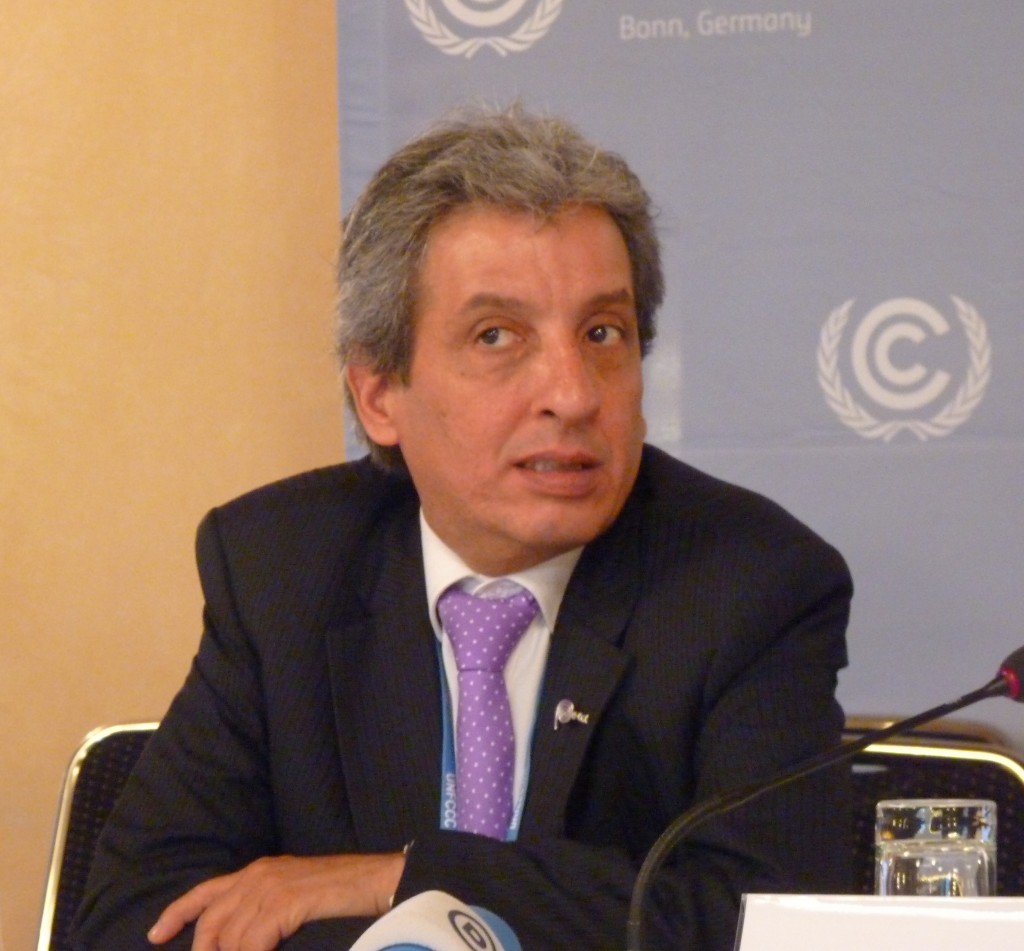
Peru’s Environment Minister and COP 20 President Manuel Pulgar-Vidal told me in Bonn this summer he was optimistic about the Lima meeting. (Pic: Quaile)
That is why Peru, like every climate conference, is important, says UN climate chief Christiana Figueres. She stresses that climate protection is an ongoing process. Countries have until March 2015 to put their planned contributions on the table. The EU made a start by announcing its targets last month. The USA and China went on to give encouraging signals:
“The fact is that most countries around the world are currently doing their homework and figuring out on a national scale what is financially, politically, economically, technically possible for them to contribute towards the solution,” says Figueres.
But while that homework continues in the countries of the world, the negotiators assembling in Lima will have to make progress on drafting the universal climate agreement, which is scheduled to be agreed in Paris in December 2015 and to come into effect in 2020.
A price on CO2
Ottmar Edenhofer is the chief economist at the Potsdam Climate Institute. He is also co-chair of the IPCC group concerned with ways of tackling climate change. He says the world has only around 20 to 30 years left to solve the emissions problem. He stresses it is not a question of technology. Alternative energy technologies are there to solve the problem. Yet fossil fuels have been enjoying a renaissance, says the climate expert. The key, he says, is to put a price on carbon, making it too expensive to pump CO2 into the atmosphere. The world only have a limited carbon budget. That means we can only put another one thousand gigatonnes of CO2 into the atmosphere to keep temperature rise below the two-degree threshold and avoid the risk of what Edenhofer describes as “very severe climate change impacts”.
“Space to store CO2 in the atmosphere is becoming scarce”, Edenhofer explained to me recently during a visit to Potsdam. “And when things are scarce, you have to put a price on them. That is the only way to show investors, consumers and companies where they should be investing their money.” The window of opportunity is closing, says Edenhofer. If we keep on with business as usual, we will have used up all our carbon budget in two to three decades.
UN climate chief Figueres agrees that putting a price on pollution by CO2 is a very important component of the shift towards a low carbon economy.
“What we have done over the past 150 years is assumed there is no cost to the irresponsible use of the environment, and we have proceeded as though the environment were constantly renewable, where it is not”, Figueres told me in an interview conducted in her office here in Bonn, right next to our Deutsche Welle building. Putting a price tag on CO2 emissions would mean they could be costed in economic decision-making.
Haggling out the details
The negotiators in Lima have their work cut out for them. Countries with large fossil fuel reserves are reluctant to agree to emissions reductions which would destroy their source of revenue. But Edenhofer is optimistic that ultimately all countries will realize that climate change will pay off in the end.
„We have to assume that people will see sense. They will realize that the long-term consequences of business as usual will be irreversible climate change, with all the problems that brings with it”.
The economist says protecting the climate would also bring the kind of short-term benefits politicians are looking for. He cites the change in China’s policies as an example:
“The drastic air pollution in Beijing is already making it less attractive as a business location. And the reason the Chinese government is thinking very seriously about reducing emissions is because it would also be a step towards improving their air quality.”
Funding boost for UN talks
After years of stagnation and frustration, there are signs that progress is being made on climate change. At a key meeting in Berlin this month, countries pledged a total of almost 10 billion dollars to the Green Climate Fund, which was set up to help poorer countries adapt to climate change. This could motivate developing countries and emerging economies to sign up to a new world climate agreement. So far, many of them have been reluctant to limit their own emissions, as the wealthy industrialized states are the ones who have caused the problem by emissions in the past.
Although both the money pledged for adaptation and the emissions cuts proposals currently on the table are still insufficient and things are moving slowly, German scientist Rahmstorf compares the likelihood of a breakthrough to the fall of the Berlin Wall, 25 years ago.
“If you had asked people just a few months before that how likely it was that the wall comes down, nobody would have said it’s going to happen”, says the Potsdam expert and IPCC author. He says these kind of processes in society are hard to predict – and the signs are encouraging.
He cites the “huge success story” of renewable energies and the considerable emissions reductions by the EU countries since 1990 as encouraging signs. This did not hamper economic growth, says Rahmstorf:
“It shows that your can decouple emissions from economic growth and welfare”.
Ultimately, halting climate change is not something which can be achieved solely within the UN negotiations. This year for the first time a pre-conference meeting was held in Peru to involve non-governmental groups in the process. The transition to a climate-saving low-carbon society requires action across the board. But it is the governments of the world who have to enter into binding agreements, and that means plenty of hard work ahead for the negotiators in Peru over the next two weeks.
Listen to my Peru conference preview on Living Planet.
Berlin Wall – Hope for Arctic?
The statement by veteran Arctic researcher Peter Wadhams that the Arctic could be ice-free in summer as early as 2020 sparked a lot of discussion. Recently I had the chance to talk to Professor Stefan Rahmsdorf, Professor of Physics of the Oceans and head of Earth System Analysis at Germany’s Potsdam Institute for Climate Impact Research (PIK) about Wadham’s forecast.
![]() read more
read more
Can UN and EU take the heat off Alaska?
It is with a heavy heart that I write this first blog post since my holiday, catching up with the latest climate news. A piece by Alex Kirby of Climate News Network drews my attention to the fact that temperatures in Barrow, Alaska, one of the first places to feature on the Ice Blog when it was created in 2008, have risen by an astonishing 7°C in the last 34 years (looking at the average October temperature). As Alex Kirby puts it, “an increase that, on its own, makes a mockery of international efforts to prevent global temperatures from rising more than 2°C above their pre-industrial level”. We need more climate action
![]() read more
read more





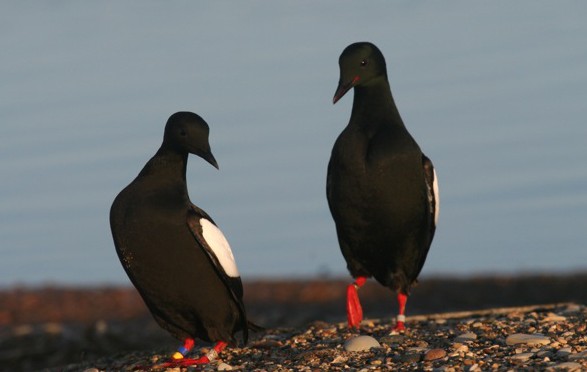

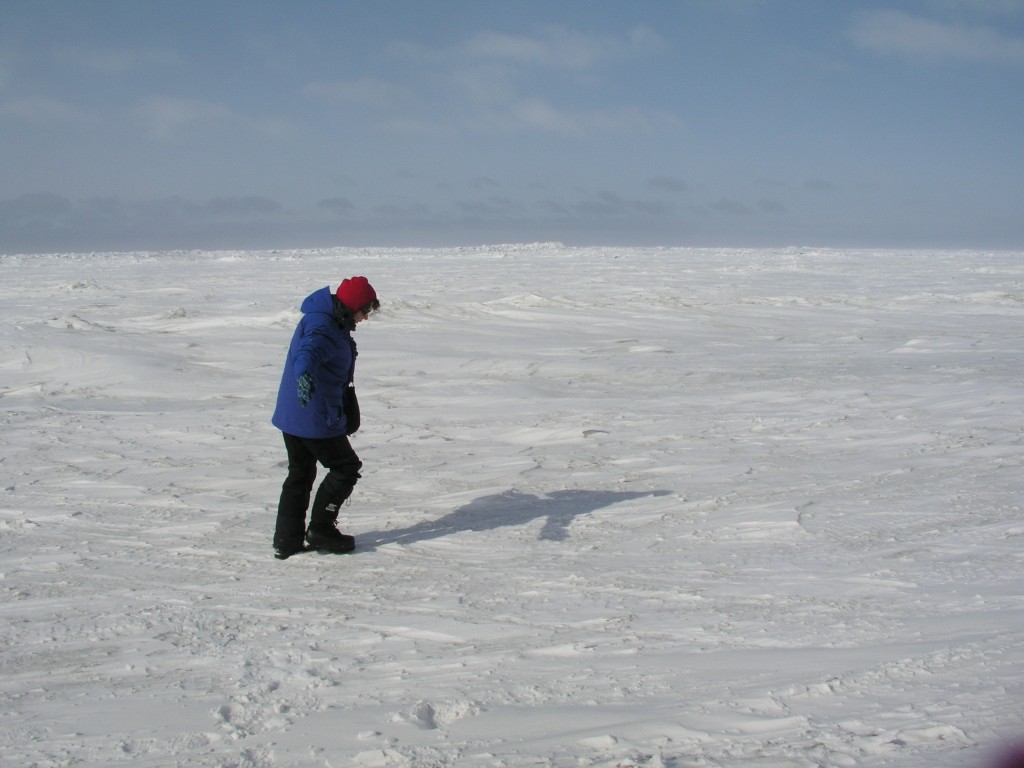
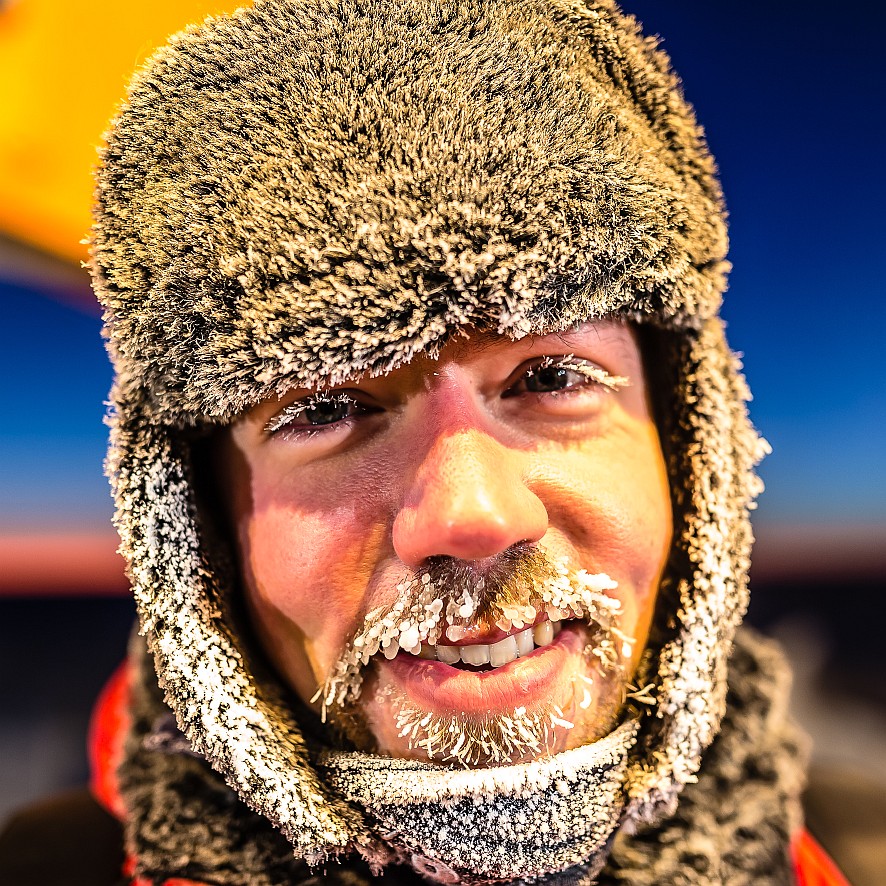

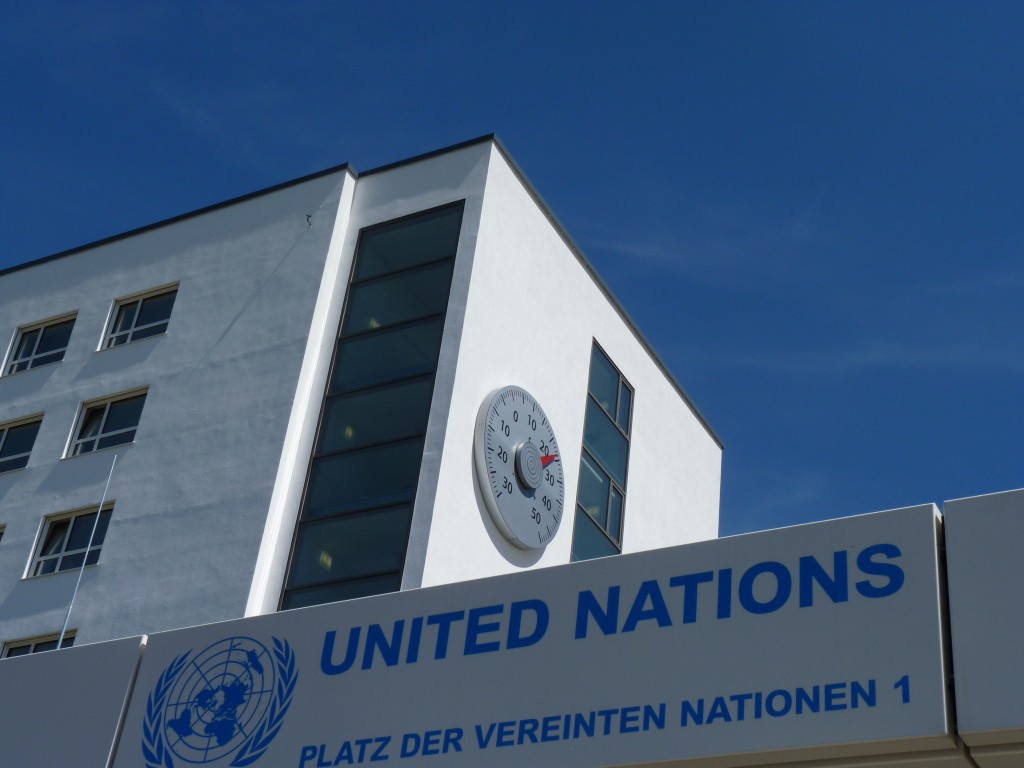
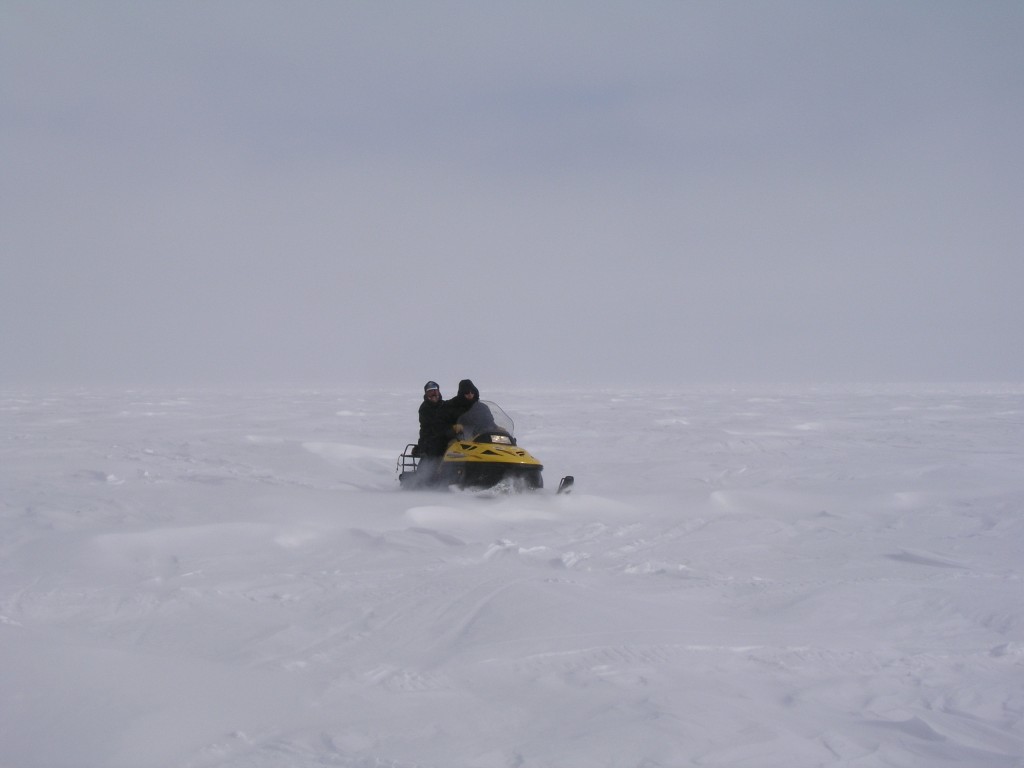
















Feedback